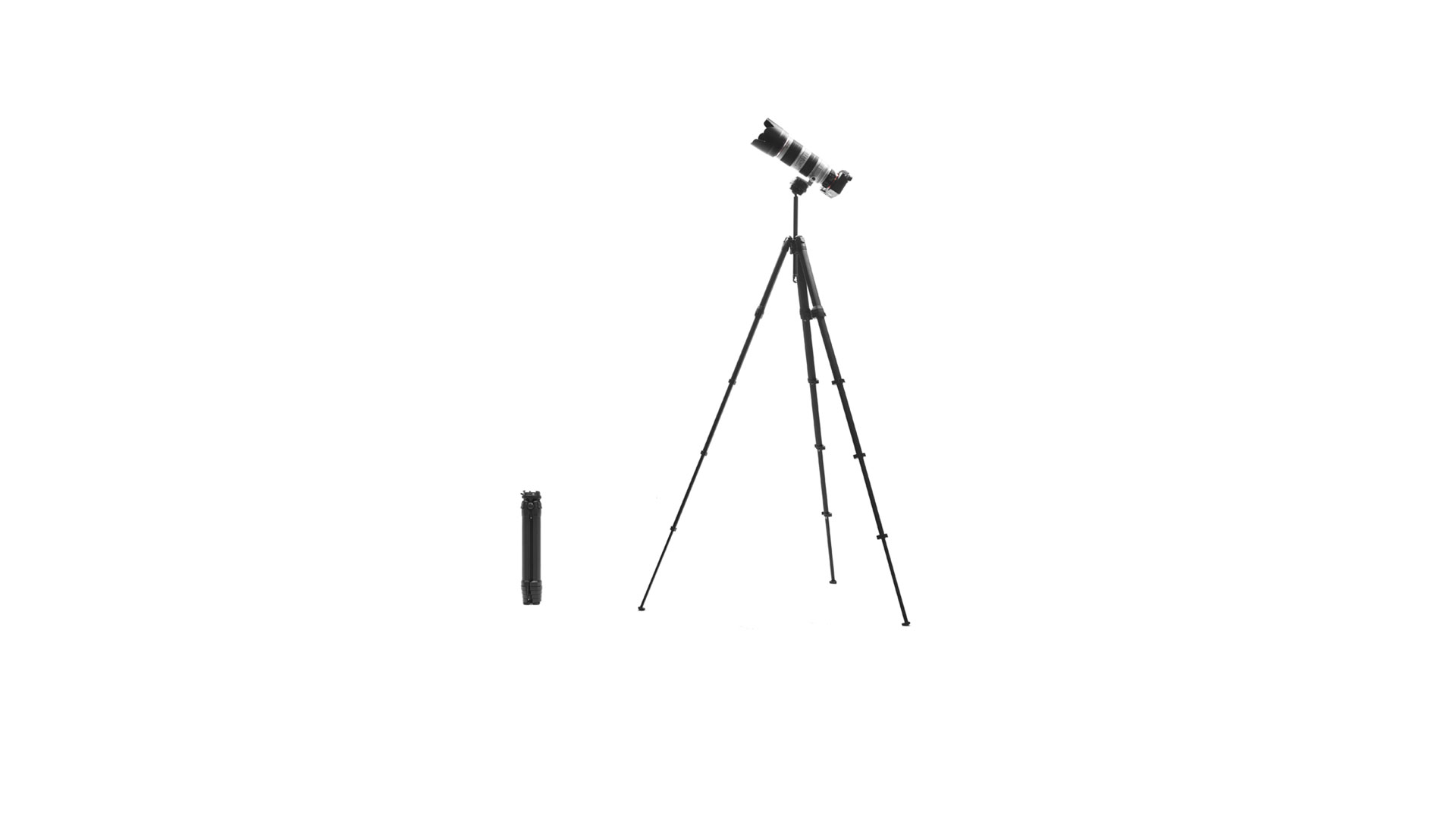Space Verdict
An exceptionally narrow and compact design makes the Peak Design Travel Tripod a key piece of kit for traveling astrophotographers after something highly mobile and with a fast set-up and takedown.
Pros
- +
Narrow design
- +
Compact ball head
- +
Hidden smartphone mount
Cons
- -
Lacks height
- -
Requires Hex key
- -
High price
Why you can trust Space.com
Night photography demands a solid yet lightweight tripod. But a ‘travel tripod’ like the Peak Design Travel Tripod? Well, yes - unless you happen to live in a rural area, the likelihood is that you’re going to have to travel far and wide to escape light pollution and find starry skies. Cue the Peak Design Travel Tripod, as compact a travel tripod as you’re likely to find, and one that’s ideal for anyone considering wide-field astrophotography, or indeed any kind of landscape photography, with one of the best cameras for astrophotography. That even extends to shooting nightscapes with a smartphone, something the Peak Design Travel Tripod is also built for.
Material: Aluminum/carbon fiber
Leg sections: 5
Weight: 3.44 lbs (aluminum) /2.81 lbs (carbon fiber)
Max load: 20 lbs
Folded height: 15.4 in
Ball head or pan/tilt head: Ball head
While the Peak Design Travel Tripod is very clearly designed for travel, that doesn’t necessarily make it the lightest possible product you can buy. The aluminum version we reviewed weighs 3.44 lbs, a shade more than the very lightest travel tripods available, though Peak Design does also make a much more expensive version crafted from carbon fiber. That one weighs a mere 2.81 lbs, but we’re really not convinced many are going to pay that kind of money for a tripod that’s only slightly lighter.
Either way, the Peak Design Travel Tripod is a hugely impressive product for astrophotographers who are after something highly mobile with a fast set-up and takedown, a great performance outdoors, and a compact size when packed up. It's one of the best tripods to buy, if you're completing an astro set-up.
Peak Design Travel Tripod review: Design
- Narrow, space-saving design
- Integrated smartphone mount
- Compact ball head
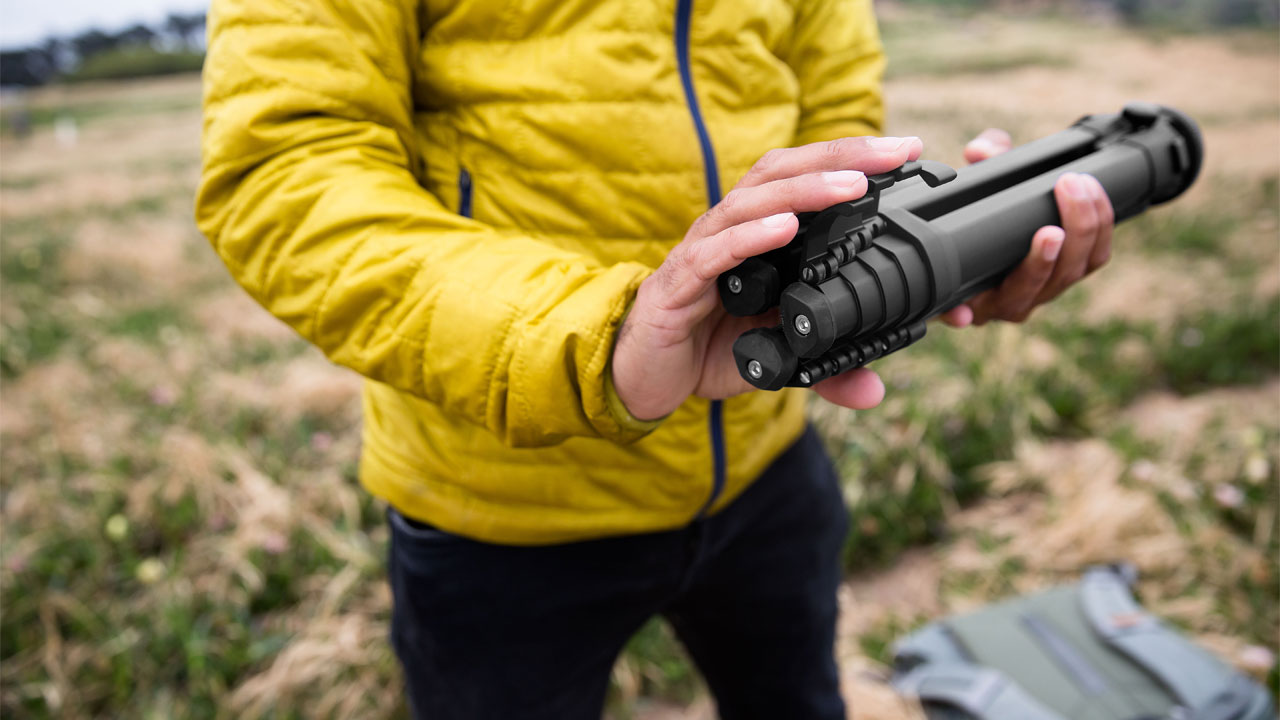
The Peak Design Travel Tripod’s principal physical characteristic is its exceptionally narrow design. Most tripods are bulky and somewhat awkwardly shaped to fit into luggage; we regularly stuff socks, food, and anything else squishy into the gaps of most folded-up tripods when checking-in luggage, but not so with the Peak Design Travel Tripod. It’s super-sleek, with its three legs and ball-head folding and collapsing to meet with no gaps.
With no wasted space, the tripod is just 3.125 inches in diameter when packed up. That, along with its 15.4 inches height, makes it easy to pack not only in luggage but even inside some camera bags, which is also handy when traveling. It comes in a soft, slightly padded case that’s a cut above the usual, with a waterproof zip and three handles for carrying or securely strapping to the side of a camera bag.
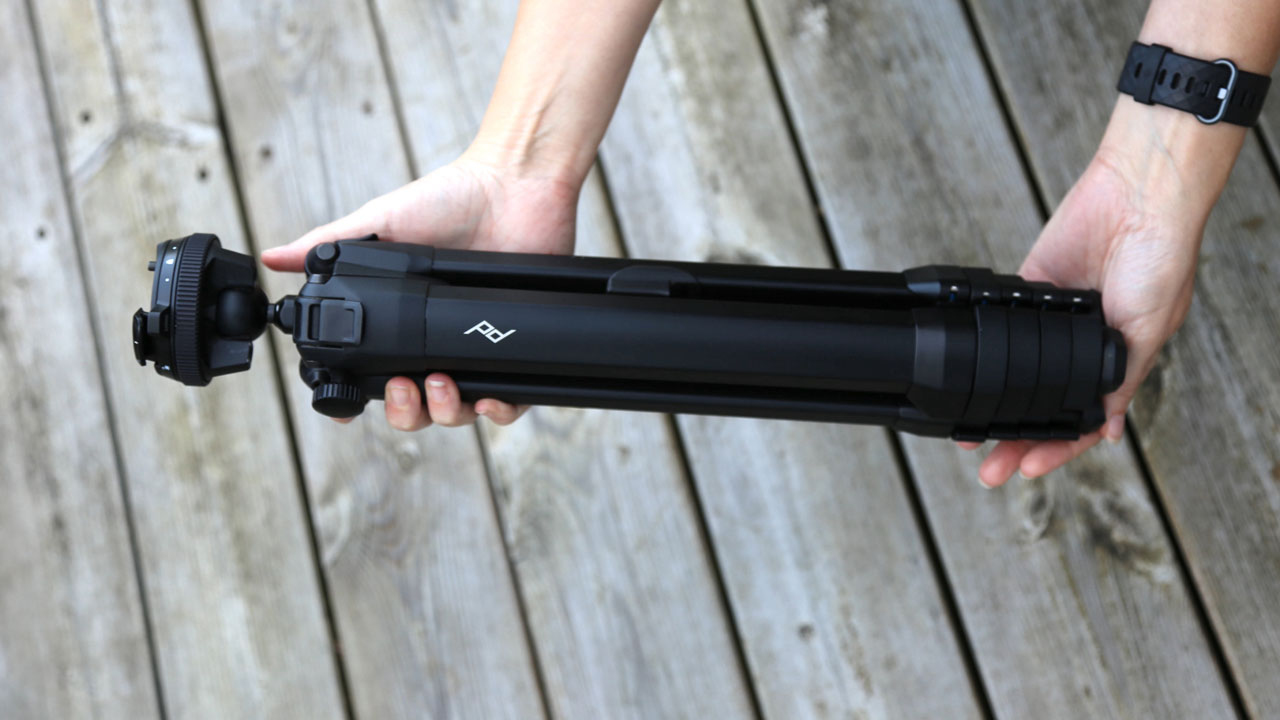
However, there’s a lot more to the Peak Design Travel Tripod than its unique physical form. The neatness continues through its five-section legs, which are held in place by soft-close cams that can be fastened and released with one hand. When fully unfurled, center column included, it reaches 60”/152.4 cm.
More potentially divisive is the way a camera is attached. Atop a ballhead on that center column the tripod plate takes a camera plate that attaches using a hex tool. The ball head is really compact, massively more so than on almost all other so-called travel tripods we’ve seen. The hex tool physically nestles into one of the tripod legs, but still … a tool-free D-ring plate would be easier.
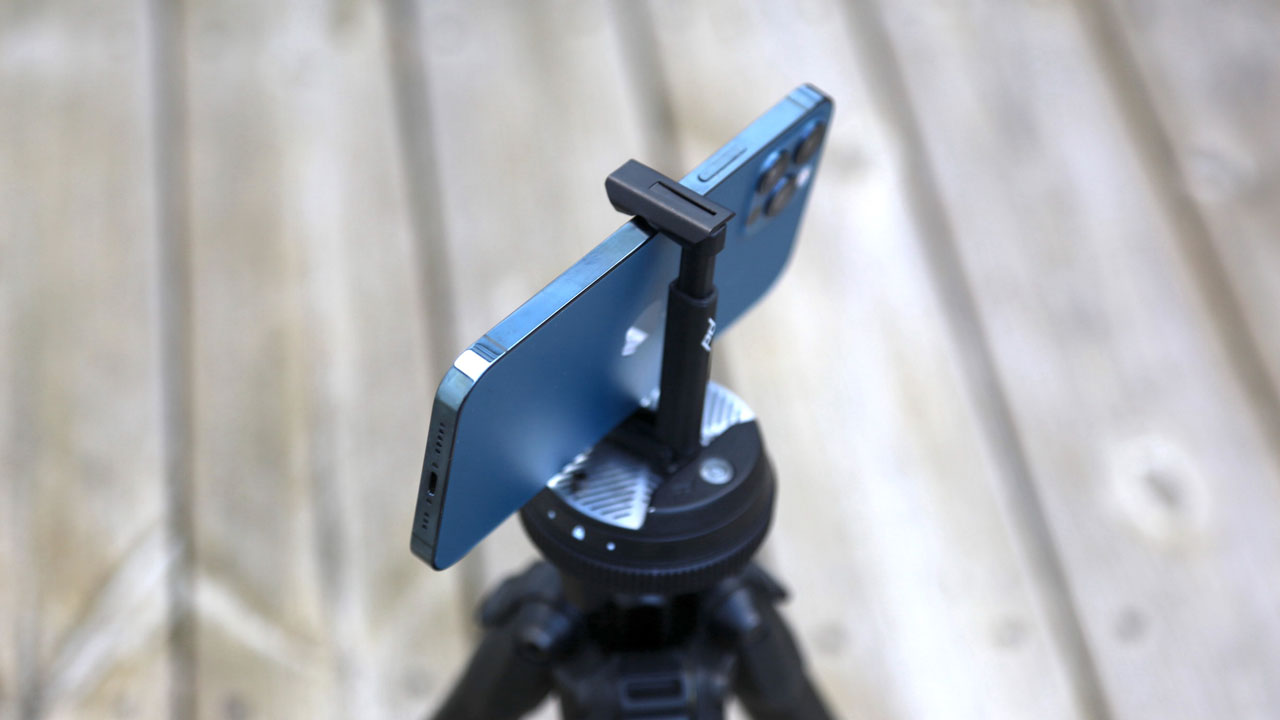
Another hidden feature is the Peak Design Travel Tripod’s smartphone clamp. As on most travel tripods there’s a small hook at the bottom of the centre column, which you can hang a bag to add more stability. Twist the hook and out comes a folded-up, spring-loaded C-shaped device measuring 2.75”/7 cm that securely fits into the tripod plate, and hence takes even large smartphones
Peak Design Travel Tripod review: Functionality
- Not as tall as some tripods
- Arca-Swiss quick release tripod plate
- Speedy setup and takedown
If there is a drawback with the Peak Design Travel Tripod’s form, it is its fully extended height. It’s about 10 inches lower than the tallest typical landscape photography tripods. You’re never going to find a travel tripod that reaches full size— it’s a sizing compromise that has to be made to keep the weight down — but the nature of wide-field astrophotography does mean that tall people may find themselves having to stoop when using the Peak Design Travel Tripod. It’s otherwise very versatile, able to sit on a tabletop at 13.125 inches (and up to 22.5 inches with the center column raised) and it goes as low as 5.5 inches.
The Arca-Swiss quick-release tripod plate that accepts a camera is pretty stable, but it takes a little getting used to. With the base plate attached to a camera’s 1/4 inch tripod thread using that hex tool, it’s then necessary to clip it into the tripod plate. Once it’s in, it’s really stable, but it’s actually pretty hard to do in the dark, at least until you’ve spent some time with the product. Just be careful to make sure you’ve got your camera’s strap around your neck while you learn how to fix your camera in place; it’s easy to let it slip, and if it’s wearing a heavy lens it could fall.
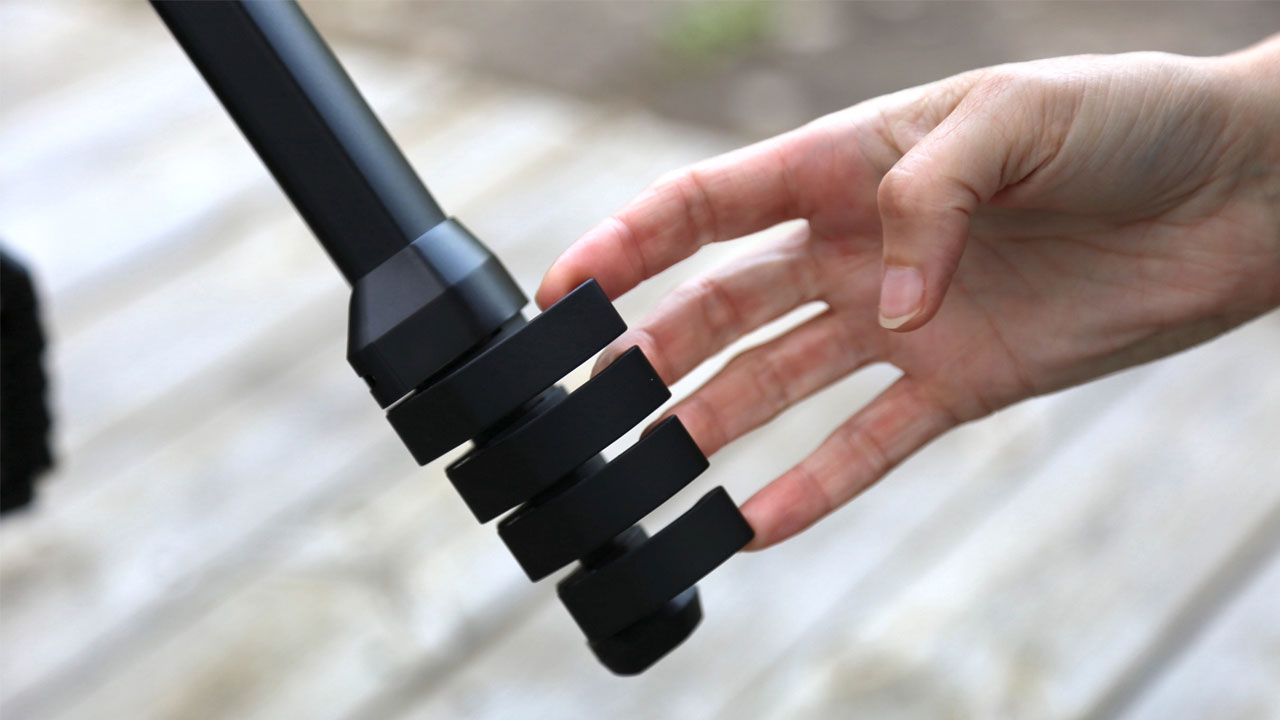
One thing we were disappointed by was the hex key. Its very appearance is slightly annoying but initially tempered by the fact that it nestles into a small clip that attaches to one of the tripod legs. However, after a few months of use everything worked itself loose; not only did the hex key fall out several times — in the dark, in a field — but that clip itself got knocked off a few times. We ended up storing the hex key in our camera bag while cursing its existence, though the camera plate never did slip during use … which kind of justifies its existence.
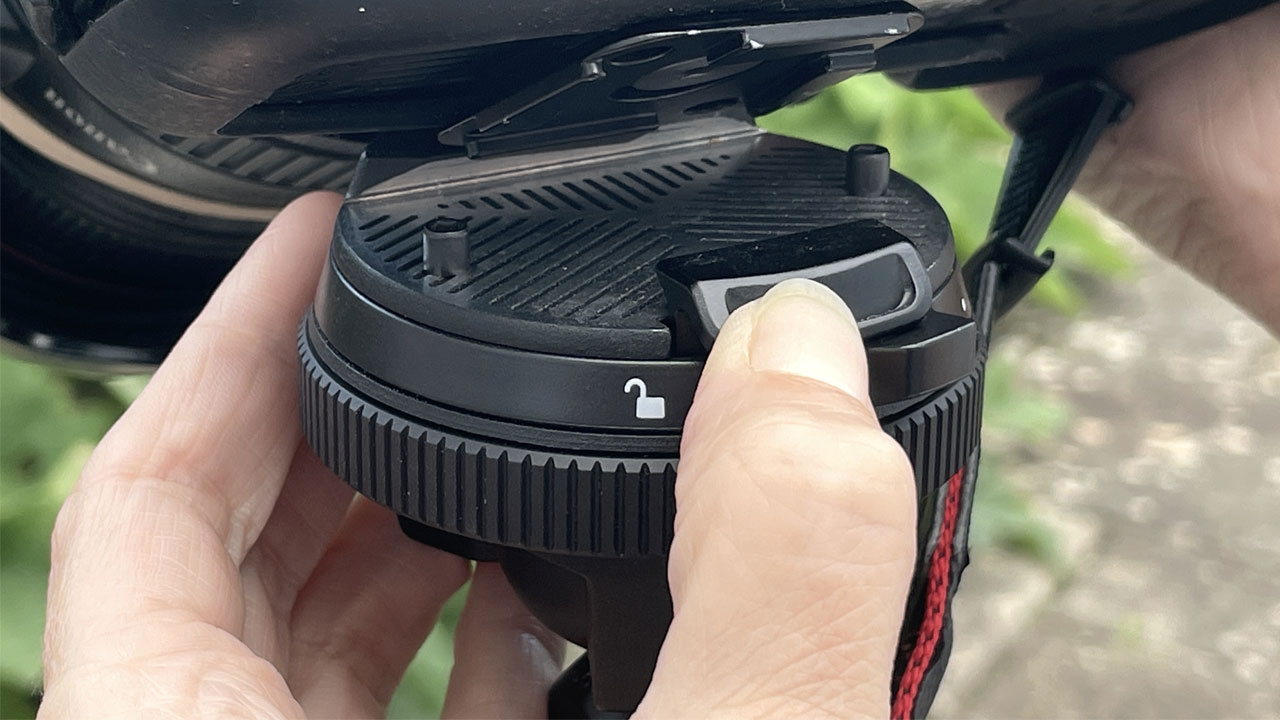
While most ball-heads use levers and knobs that stick out, this one does not; it’s another travel-friendly feature. Instead, a clockwise swivel of one lever secures the camera in place while the ball-head can be swiveled to either unlock or lock a camera into position. With that twist-lock done, the rig really is very stable. Even with the center column raised to its maximum, we were confident to leave a full-frame DSLR shooting a star trail for many hours in windy conditions.
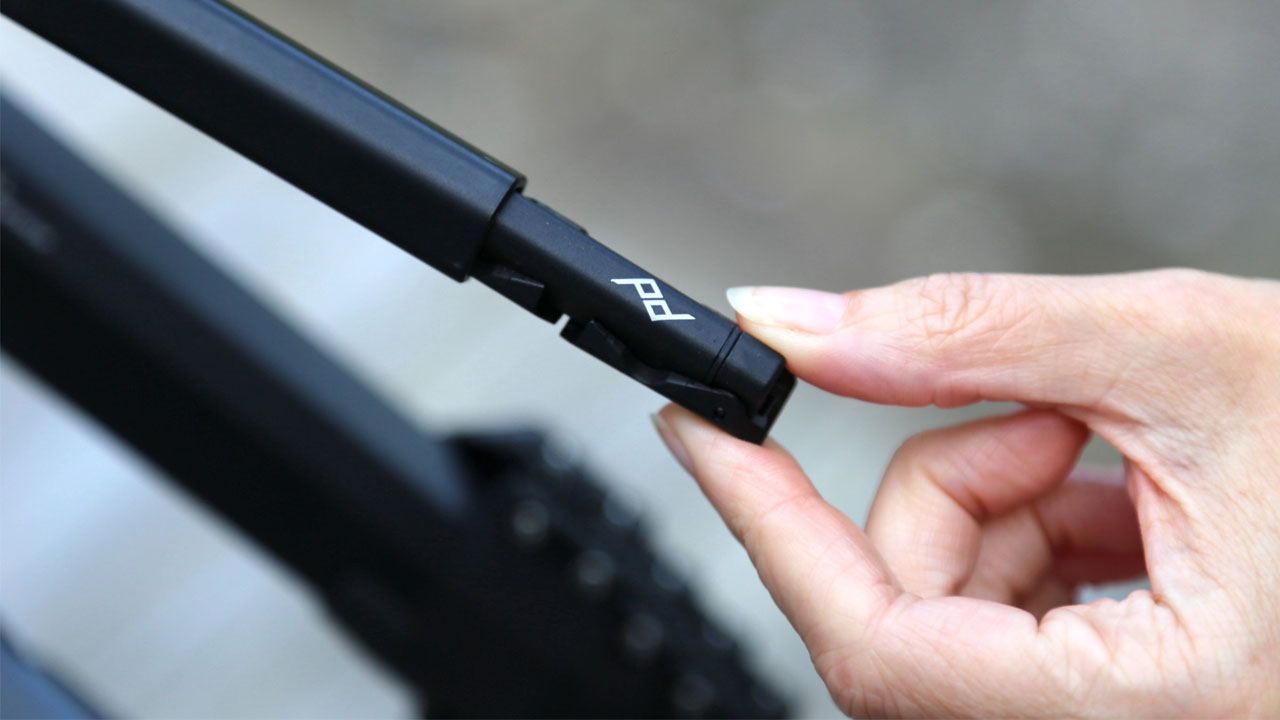
Adding to the stability are tough ‘feet’ on the bottom of the three legs, which are sturdier than on most tripods, and which hook onto the center column.
Finally, we loved the speedy takedown. The set-up is quick, too, but the ability to unclip a camera and the soft-touch cams with barely any effort makes for fuss-free takedowns.
Should you buy the Peak Design Travel Tripod?
Peak Design’s is one of the best travel tripods around for those who move about a lot and create a lot of widefield astrophotography content. We’re not at all convinced it’s worth investing in the carbon fiber version — the very high premium only saves 9.5 oz on weight when compared to the aluminum version — and the weight of the Peak Design Travel Tripod isn’t itself much of a problem.
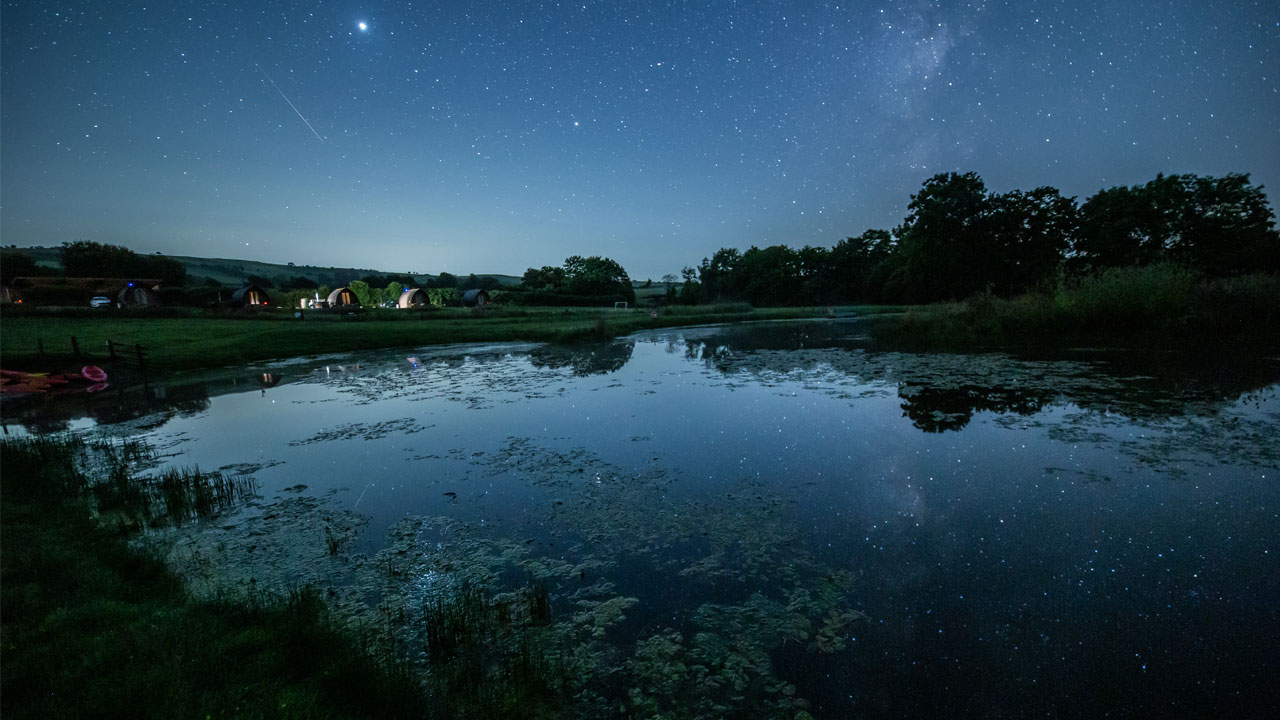
As well as being of excellent build quality, it’s exceptionally narrow and neat when packed up. Having to attach a base plate to a camera using a hex key is slightly annoying, particularly as this is easy to lose, though it also means zero slippage. It does also take a while to get used to the way a camera clips into place, but once you’ve mastered the technique, the Peak Design Travel Tripod is a very stable tripod even with the center column fully extended. We also love the ‘hidden’ smartphone mount, which given the boom in smartphone astrophotography, could become increasingly useful even to seasoned astrophotographers.
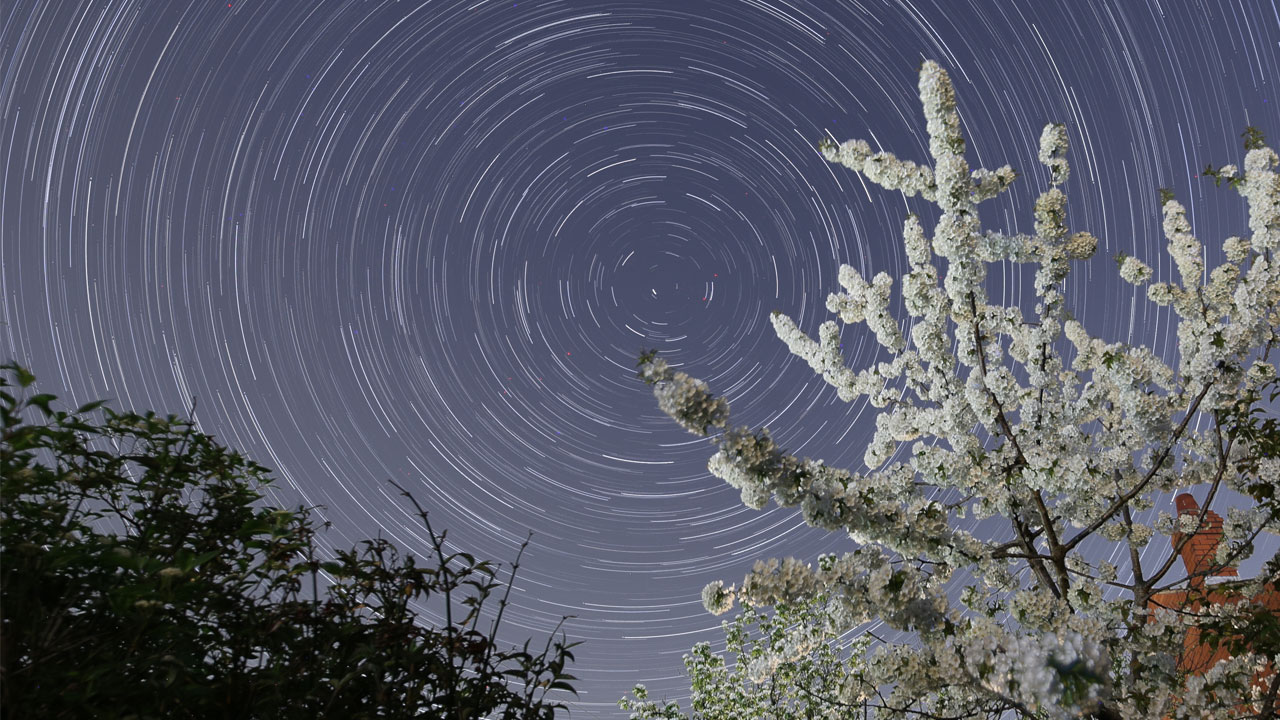
If this product isn’t for you
If you want to check-out the competition then study the Manfrotto Befree Advanced Aluminum Travel Tripod. It’s slightly lighter at 3.28 lbs, though it reaches a lower 59 inches when fully extended.
If you want something as light as possible for a compact mirrorless camera and don’t mind having a slightly shorter tripod, try the Vanguard VEO3GO235AB. It weighs just 2.7 lbs and reaches 53.5 inches but only supports 8.8 lbs of gear.
If casual smartphone astrophotography is your aim, try a good quality small tabletop all-rounder like the Joby Handypod. It will take any smartphone clamp and its ball-head moves through 360°, though vertical positioning is limited.
Join our Space Forums to keep talking space on the latest missions, night sky and more! And if you have a news tip, correction or comment, let us know at: community@space.com.

Jamie is an experienced science, technology and travel journalist and stargazer who writes about exploring the night sky, solar and lunar eclipses, moon-gazing, astro-travel, astronomy and space exploration. He is the editor of WhenIsTheNextEclipse.com and author of A Stargazing Program For Beginners, and is a senior contributor at Forbes. His special skill is turning tech-babble into plain English.
